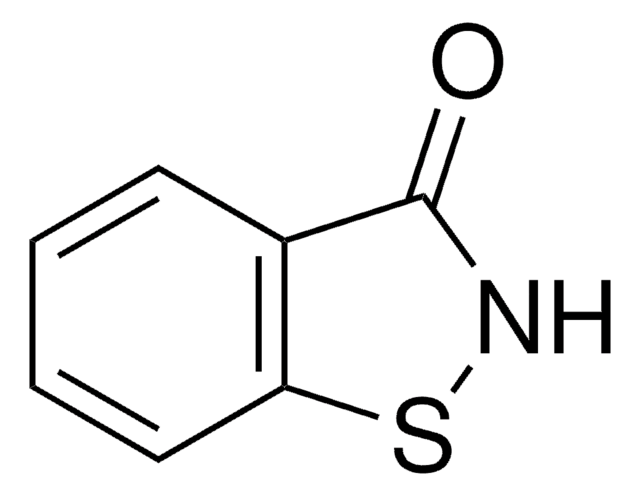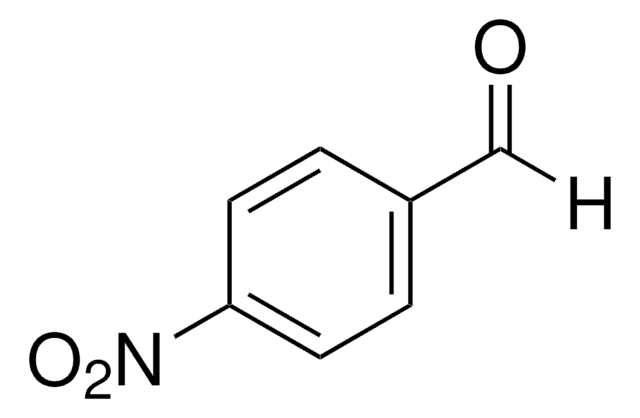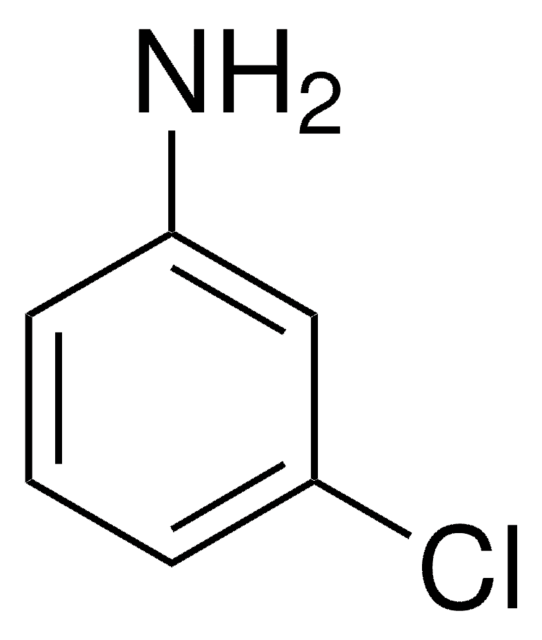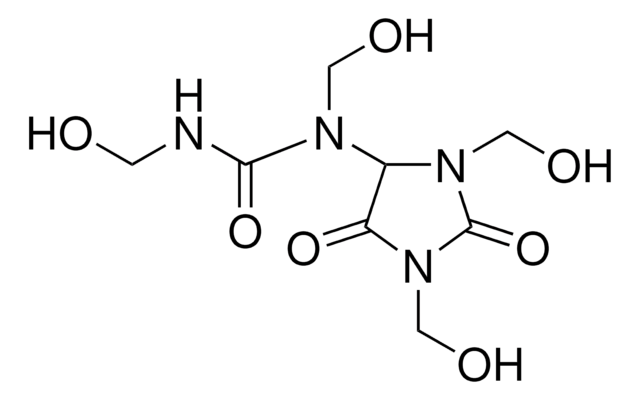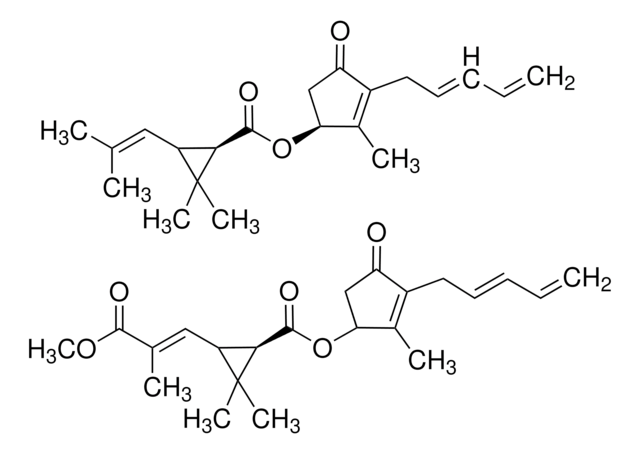Key Documents
134708
2-Bromo-2-nitro-1,3-propanediol
98%
Synonim(y):
BNPD, BNPK, Bronopol
About This Item
Polecane produkty
Poziom jakości
Próba
98%
Postać
crystals
mp
130-133 °C (lit.)
rozpuszczalność
H2O: soluble 100 mg/mL, clear, colorless to faintly yellow
grupa funkcyjna
amine
bromo
hydroxyl
nitro
ciąg SMILES
OCC(Br)(CO)[N+]([O-])=O
InChI
1S/C3H6BrNO4/c4-3(1-6,2-7)5(8)9/h6-7H,1-2H2
Klucz InChI
LVDKZNITIUWNER-UHFFFAOYSA-N
Szukasz podobnych produktów? Odwiedź Przewodnik dotyczący porównywania produktów
Zastosowanie
- Effect of leave-on cosmetic antimicrobial preservatives on healthy skin resident Staphylococcus epidermidis.: This study examines the impact of various antimicrobial preservatives, including 2-Bromo-2-nitro-1,3-propanediol, on the microbiota of healthy skin, particularly focusing on Staphylococcus epidermidis. The findings suggest that such preservatives can influence the skin′s microbial balance, which is essential for maintaining skin health (Zhang et al., 2023).
- Assessing the residual antibacterial activity of clinical materials disinfected with glutaraldehyde, o-phthalaldehyde, hydrogen peroxide or 2-bromo-2-nitro-1,3-propanediol by means of a bacterial toxicity assay.: This research assesses the residual antibacterial effects of various disinfectants, including 2-Bromo-2-nitro-1,3-propanediol, on clinical materials, contributing to improved disinfection protocols in healthcare settings (Lerones et al., 2004).
- Development and testing of a microbiological assay to detect residual effects of disinfectant on hard surfaces.: This study developed a microbiological assay to evaluate the residual effects of disinfectants, including 2-Bromo-2-nitro-1,3-propanediol, on hard surfaces, aiming to enhance surface disinfection strategies in various industries (Mariscal et al., 1999).
Oświadczenie o zrzeczeniu się odpowiedzialności
Hasło ostrzegawcze
Danger
Zwroty wskazujące rodzaj zagrożenia
Zwroty wskazujące środki ostrożności
Klasyfikacja zagrożeń
Acute Tox. 4 Dermal - Acute Tox. 4 Oral - Aquatic Acute 1 - Aquatic Chronic 1 - Eye Dam. 1 - Skin Irrit. 2 - STOT SE 3
Organy docelowe
Respiratory system
Kod klasy składowania
4.1B - Flammable solid hazardous materials
Klasa zagrożenia wodnego (WGK)
WGK 3
Środki ochrony indywidualnej
dust mask type N95 (US), Eyeshields, Faceshields, Gloves
Wybierz jedną z najnowszych wersji:
Masz już ten produkt?
Dokumenty związane z niedawno zakupionymi produktami zostały zamieszczone w Bibliotece dokumentów.
Klienci oglądali również te produkty
Nasz zespół naukowców ma doświadczenie we wszystkich obszarach badań, w tym w naukach przyrodniczych, materiałoznawstwie, syntezie chemicznej, chromatografii, analityce i wielu innych dziedzinach.
Skontaktuj się z zespołem ds. pomocy technicznej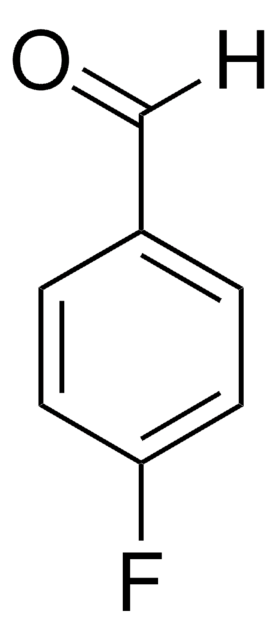
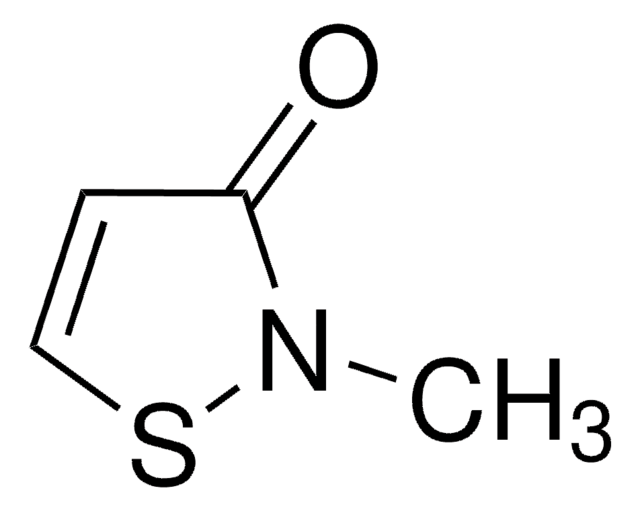

![1,8-Diazabicyclo[5.4.0]undec-7-ene 98%](/deepweb/assets/sigmaaldrich/product/structures/120/564/5b373e23-1624-489c-8efb-692de0f96ffb/640/5b373e23-1624-489c-8efb-692de0f96ffb.png)
